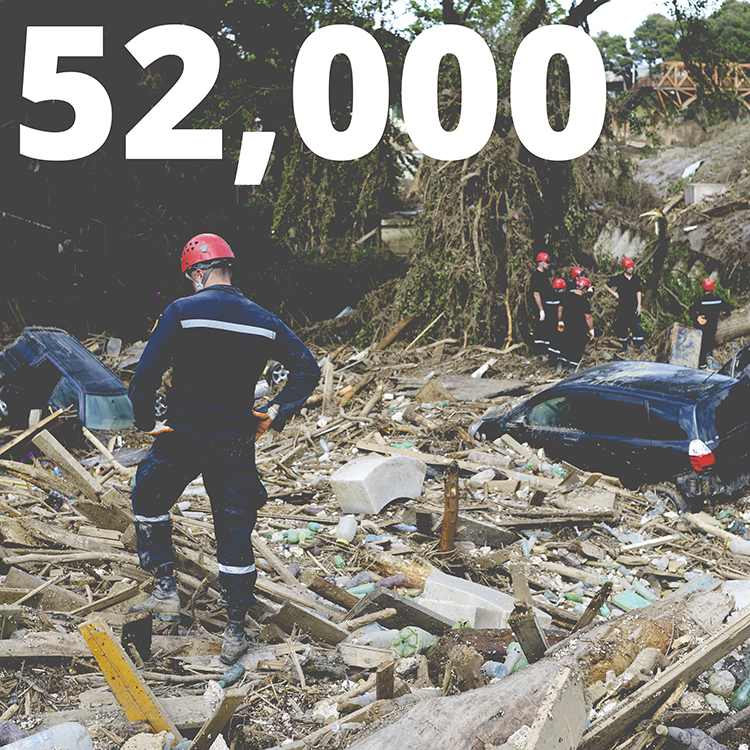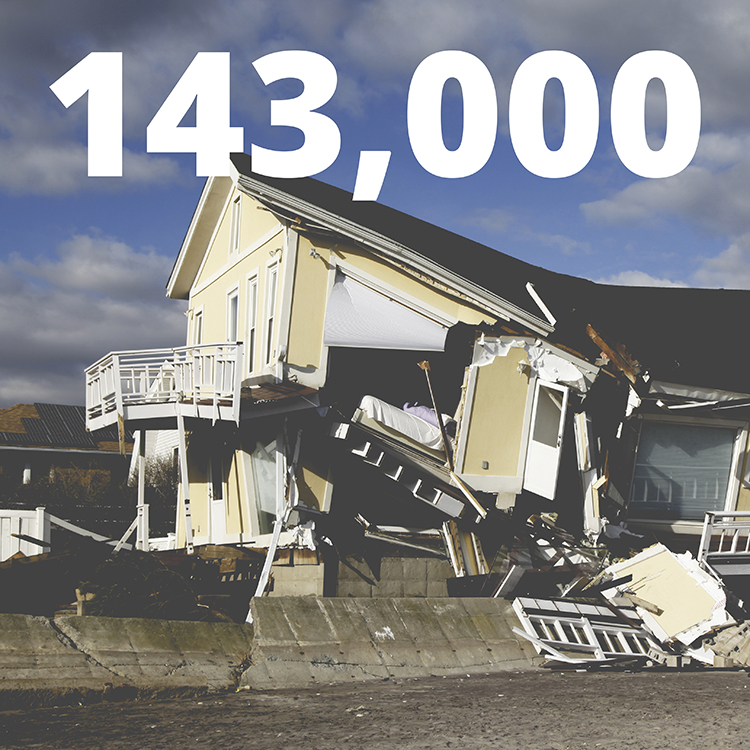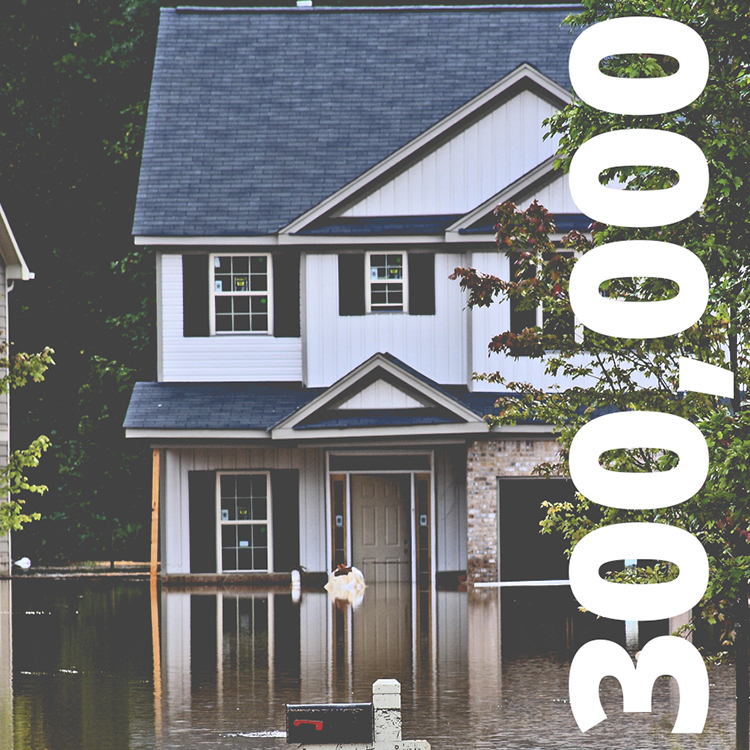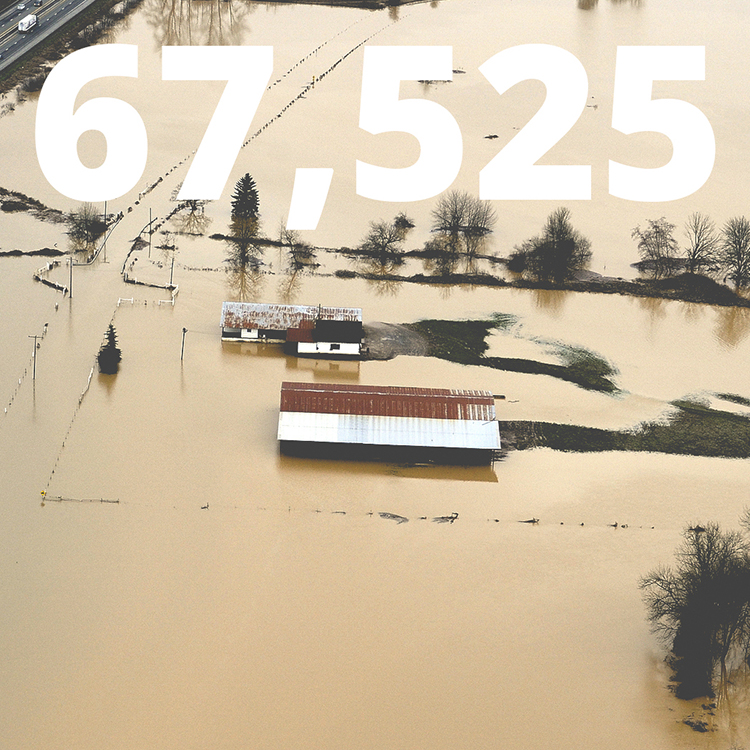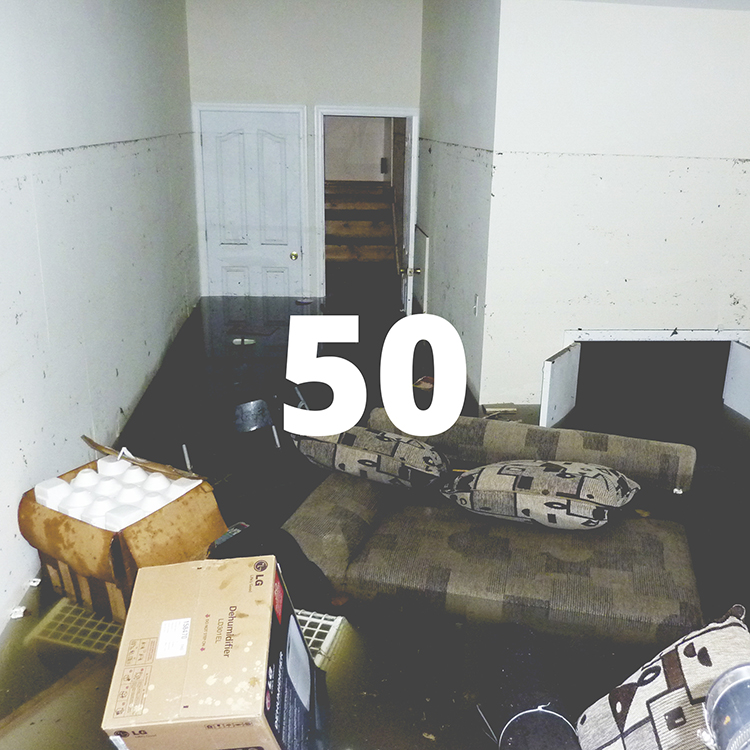The Acclivity team guides clients in improving performance, successfully managing change, and delivering successful outcomes. We currently assist clients in managing portfolios with multiple work streams, diverse geographies, and varied funding sources.
Program Management Services
- Strategic program planning
- Request for proposals (RFP) development
- Project monitoring and reporting
- Metric development and tracking
- Knowledge transfer and training
- Executive support
- Staffing plans
- Change management
- Contingency planning





